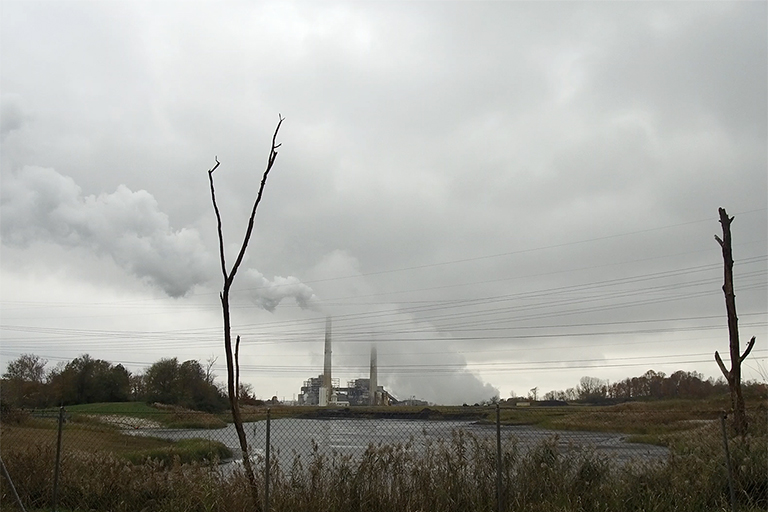A new documentary produced by the Indiana Environmental Reporter (IER) has been selected for the 2020 Indy Film Festival.
“In the Water,” written and produced by IER journalist Beth Edwards, explores Indiana’s utility industry and the environmental hazards of storing coal ash, a toxic byproduct of burning coal. The film will be available to stream Friday, Aug. 14 through Wednesday, Aug. 19.
One of the top coal-producing states, Indiana possesses the most coal ash disposal sites in the country. The sites are commonly situated near coal-fired power plants where the ash is stored in wet landfills, called “ponds.” Over time, coal ash has been shown to leach into groundwater, rendering the water unsafe for human consumption. Until 2015, no regulations were in place to prevent this kind of contamination and utility companies have been reluctant to address known problems on their own.
Edwards’ documentary tackles this issue from all angles, interviewing everyone from the miners who dig coal from the ground, to environmental activists fighting for coal ash disposal legislation and clean water, to residents whose health has been affected by coal ash pollution. It also looks to the future, exploring possible alternative uses of coal ash and ways to improve the quality of water for Indiana citizens.
Edwards said she began filming the documentary in 2018 after visiting Town of Pines, a community in northwest Indiana that sued utility company NIPSCO after well water was found to have been contaminated by coal ash in the early 2000s.
“I found documents that said NIPSCO knew about the contamination in the 80s and did nothing until ordered to do so by the federal government in 2002,” Edwards said.




